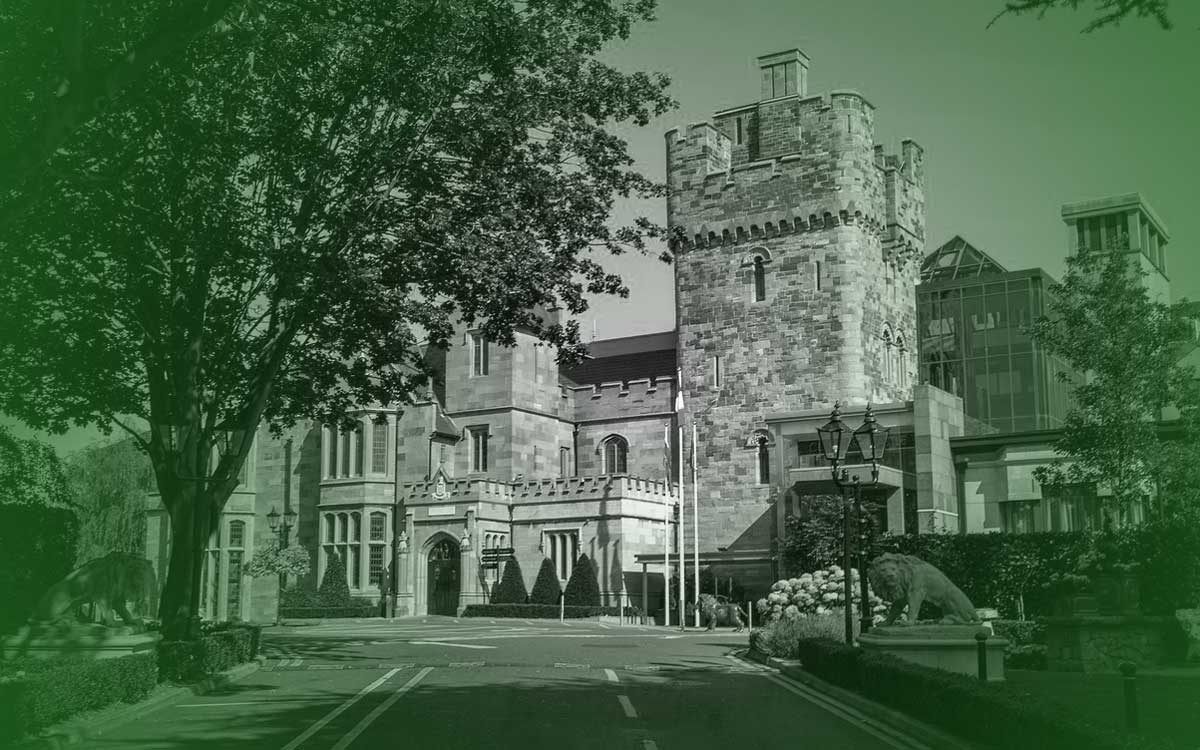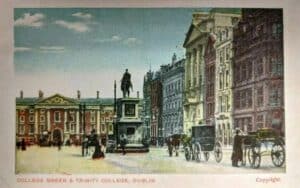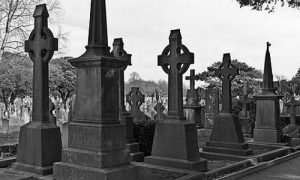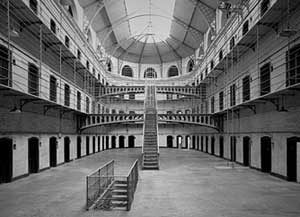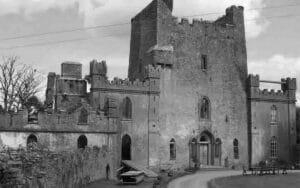North Dublin native and guest writer DOMINIC McELROY tells us of his 7 favourite spooky locations on the dark side of the River Liffey!
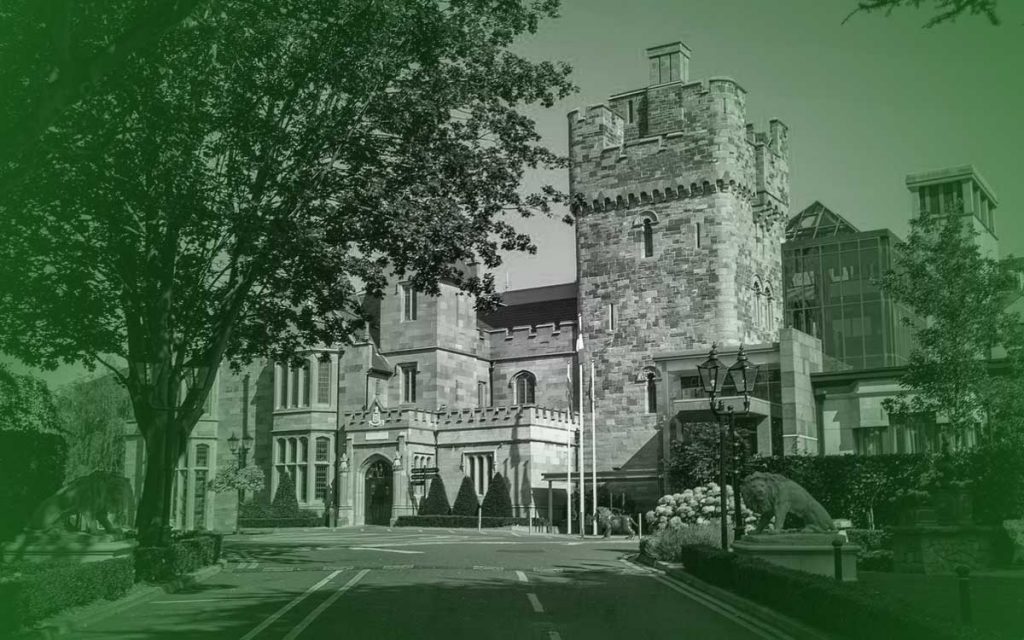
Highway Robbery on the Swords Road
The Swords Road in Santry, Dublin 9 was a notoriously dangerous location, favoured by Highwaymen. The famous Highwayman Michael Collier would make stuffed mannequins and sit them in the roadside ditch. When he held up a coach people would think he had a gang. Like Robin Hood he used to rob the gentry to give to the poor. Finally caught, he was sent to the West Indies, but escaped back to Ireland and died a drunken, gambling has-been. His ghost is still said to loiter at the roadside, ready to terrify rich and poor alike.
Massacre at Bloody Hollow
Staying in my home location, at what is now the Little Venice restaurant in Santry, is the Bloody Hollow. In 1798 during the Irish Rebellion, the United Irishmen marched from Fingal towards Dublin City. They were ambushed by local government militia and slaughtered in what became known as the Bloody Hollow. At night their dying screams can still be heard.
Gates of Hell at Santry Demesne
The Demesne was part of the Santry Estate and covers some 72 acres, dating back to 1703. At the main road the area by the old gate is said to be home to a black spectral shuck carrying heavy chains. The sound of the dog panting and dragging chains can be heard along the inside walls and finish at the railings on Santry Avenue. In the same stretch of the Demesne, a demon death coach has been seen and heard. Anyone who climbs the wall to have a closer look is knocked from their perch with a hellish force.
Horror at Howth Castle
This castle was home to the St. Lawrence family since 1180 until 2018. The famous Pirate Queen, Gráinne O’Malley called in see the Baron Howth in the late sixteenth century. The woman who had made powerful men crumble, was refused entry as the family were at dinner. She kidnapped their heir and he was only released on a promise that visitors would always be welcome. A place for an unexpected guest was set ever since.
It was also said to be the castle used to depict Castle Haloran in Francis Ford Coppola’s 1963 horror film, Dementia 13 (watch film below!)
The St. Lawrence family has two terrifying omens in their midst. An albino rat makes an appearance in the castle whenever a malevolent force seeks harm against them and the ancient Oak tree loses a branch just before a member of the St. Lawrence family dies.
Ghost Ship in Sutton, North Dublin
Sutton is a coastal town in North County Dublin. It is most famous for being the burial place of rock star Phil Lynott and the victims of the horrific Stardust Nightclub fire that rocked Ireland on Valentine’s Day 1981. It was a town that grew around the railway station and its vicinity to the coast. The location was notorious for smugglers and scavengers and the ship known as The William was lured onto the rocks, cargo ransacked as 78 souls drowned. The ship can be seen gliding silently across the water on misty nights.
Dracula, the undead and Clontarf
Clontarf is most famous for being the birthplace of Bram Stoker, author of Dracula. There is a plaque bearing his name in the small village which is the location of Bram Stoker’s Castle Dracula Experience.
The Battle of Clontarf took place in 1014 where Brian Boru was driven back by hoards of Vikings and a castle has stood on the spot since 1172.
The Clontarf Castle Hotel can’t seem to let the history go, as references to Stoker and the composer Handel who visited frequently remain, and it was painted by Turner himself. History isn’t the only thing to hold on, as ghostly footsteps follow guests through the halls and televisions and showers randomly turn themselves on and off.
Hellhound of Cabra
Not to be confused with Cabra Castle in County Cavan, Cabra is a townland running from the Royal Canal to Phoenix Park on the Northside of Dublin. It was centred around Cabragh House which became home to Lord Norbury in the nineteenth century. Lord Norbury was labelled the most corrupt man in Irish legal history and earned himself the nickname “The Hanging Judge.”
His courtroom was known for merriment and revelry and the Judge himself would frequently interject and abuse those on trial including Irish National Leader, Robert Emmet, before sentencing him to death. Throughout Cabra, a black hellhound with glowing red eyes roams, said to be Lord Norbury himself, ready to dish out his own form of Hellish justice and drag souls to the Underworld.
Have you seen a ghost in North Dublin? Tell us about it in the comments section below!

